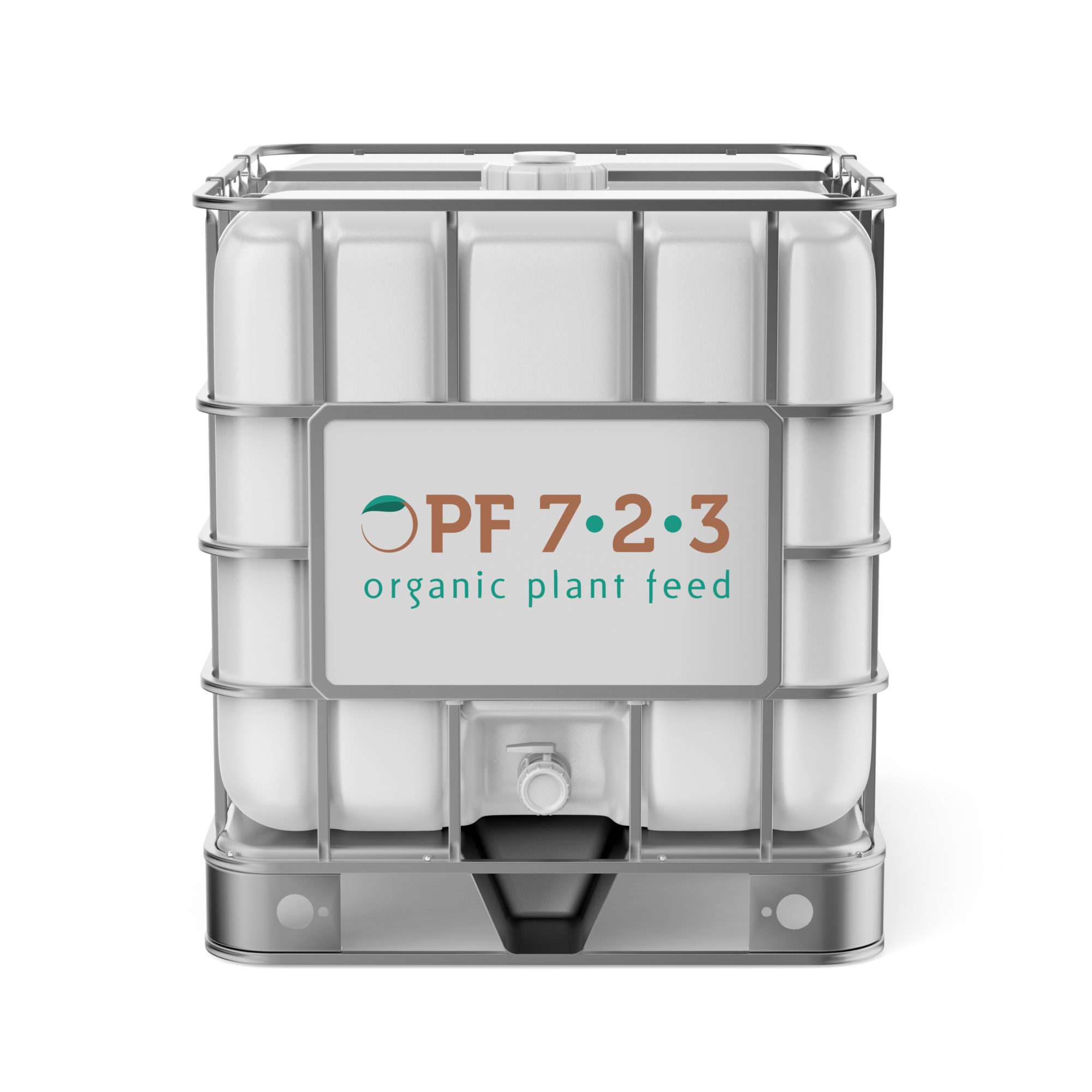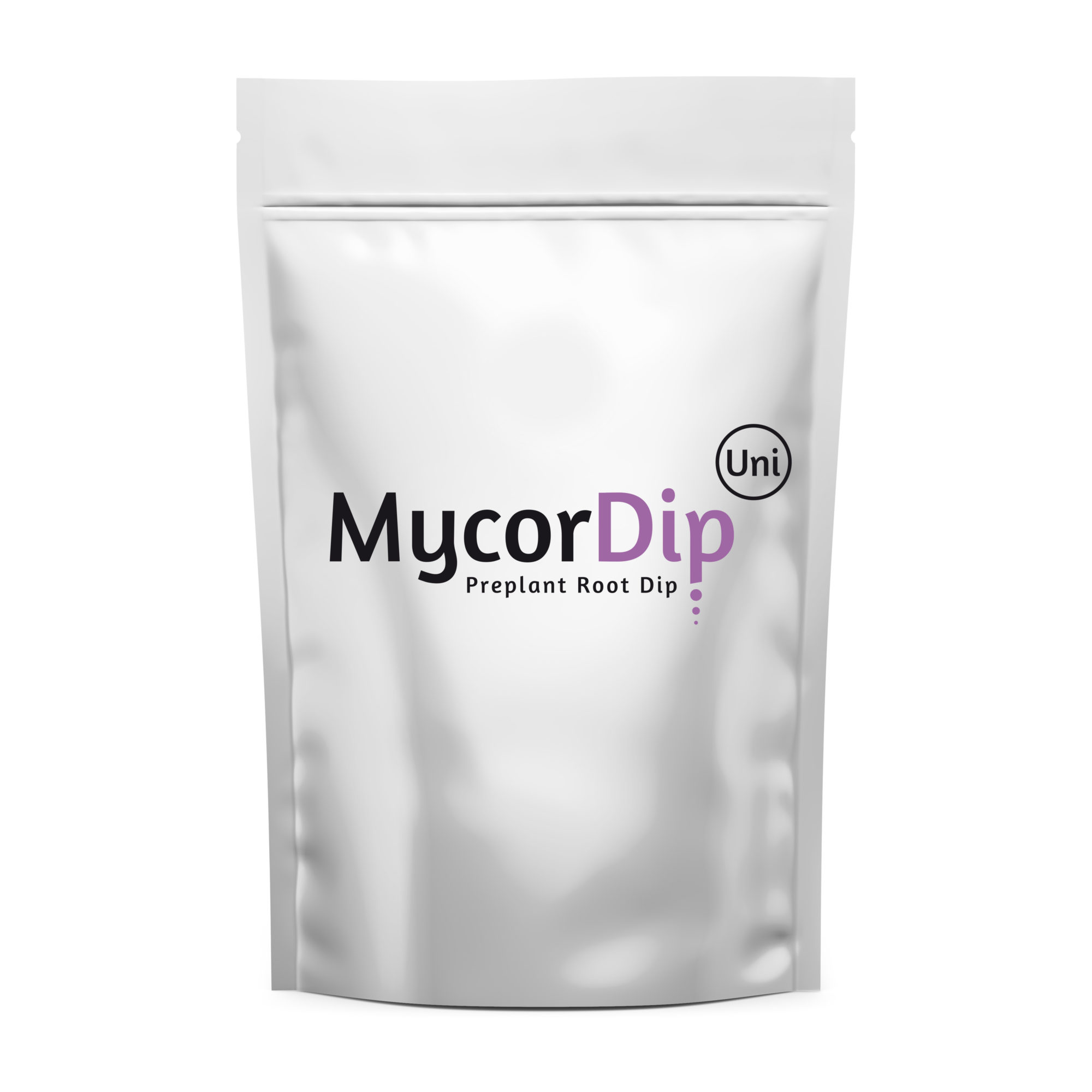Drought: the importance of foliar fertilizing and mycorrhiza
During prolonged drought, roots that grow on the surface show the first signs of desiccation. The plant will try to provide these roots with water as much as possible. If the drought continues, the plant will have to make choices. By allowing the superficial roots to dry the plant can still absorb (capillary) water from a greater depth. The problem that follows is that the deeper growing roots cannot reach the minerals and organic matter that the plant requires because this organic matter and minerals, especially in dry weather, are just at the top of the building furrow. As a result, the plants shoot deeper into growth stress.

